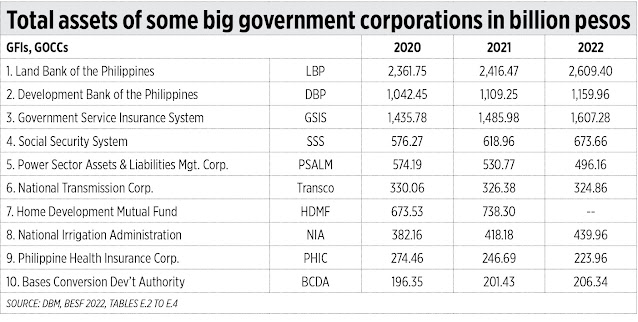Inflation, transportation, internet, and outgoing secretaries

* My column in BusinessWorld last June 27. --------------- The developed countries of North America and Europe continue to experience record-high inflation rates and their interest rates follow the upward trend hoping that the measure will help cool down prices. High inflation discourages more household and corporate consumption, which pulls down overall GDP. And this pulls the developed world into a possible situation of stagflation — stagnant growth with high inflation — this year. INFLATION, INTEREST RATES AND ENERGY COMMODITIES The US and UK inflation rates of 8.6% and 9.1% respectively in May were their highest levels in 40 years. Germany’s 7.9%, also this May, was the highest since 1973-74. And US 10-year bonds reached 3.48% two weeks ago, the highest since February 2011. European rates this month are the highest since 2014. Behind these high inflation rates are high energy and electricity prices, high fertilizer and food prices. The TTF-EU (Title Transfer Facility-EU) gas pric









